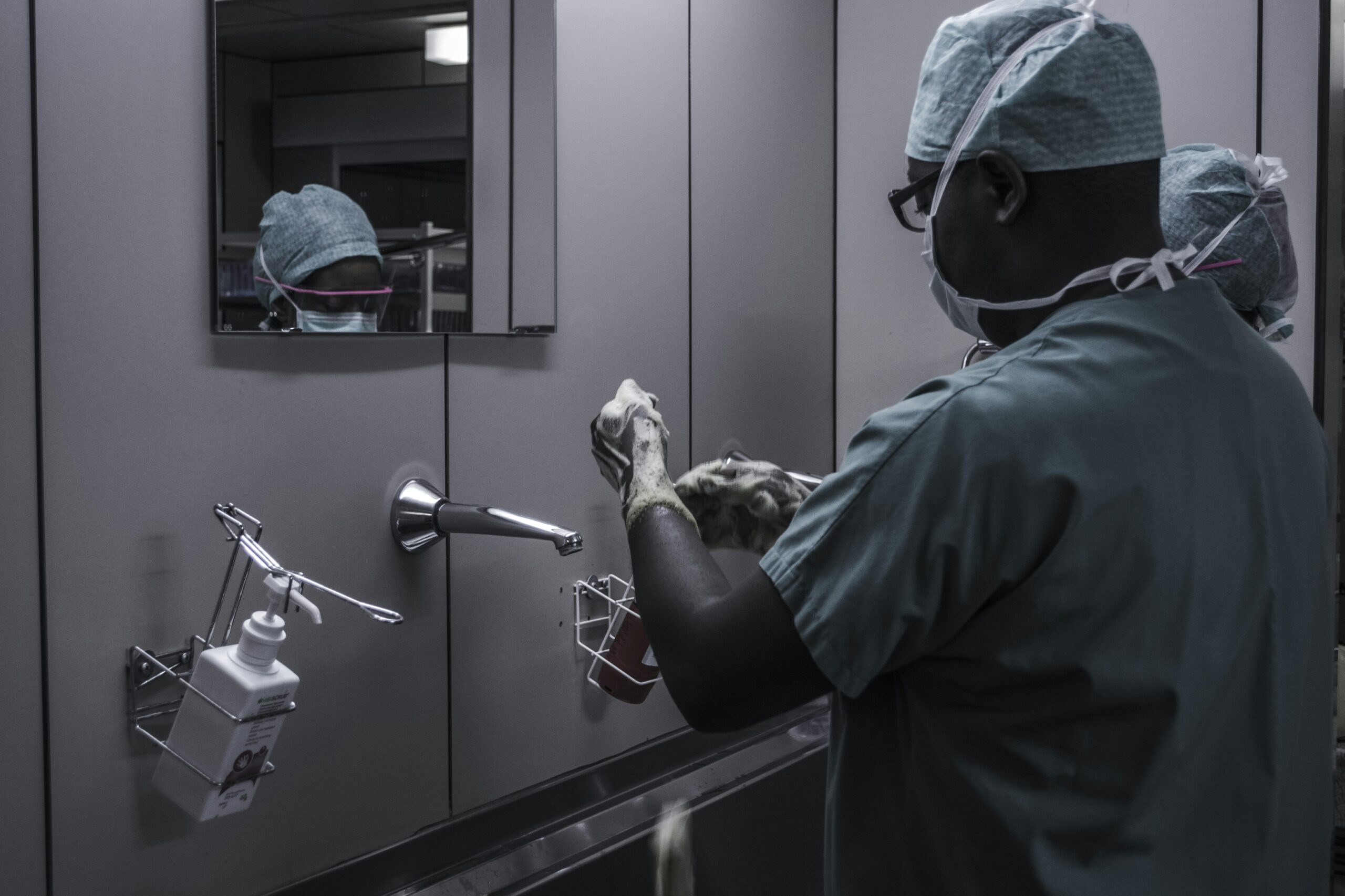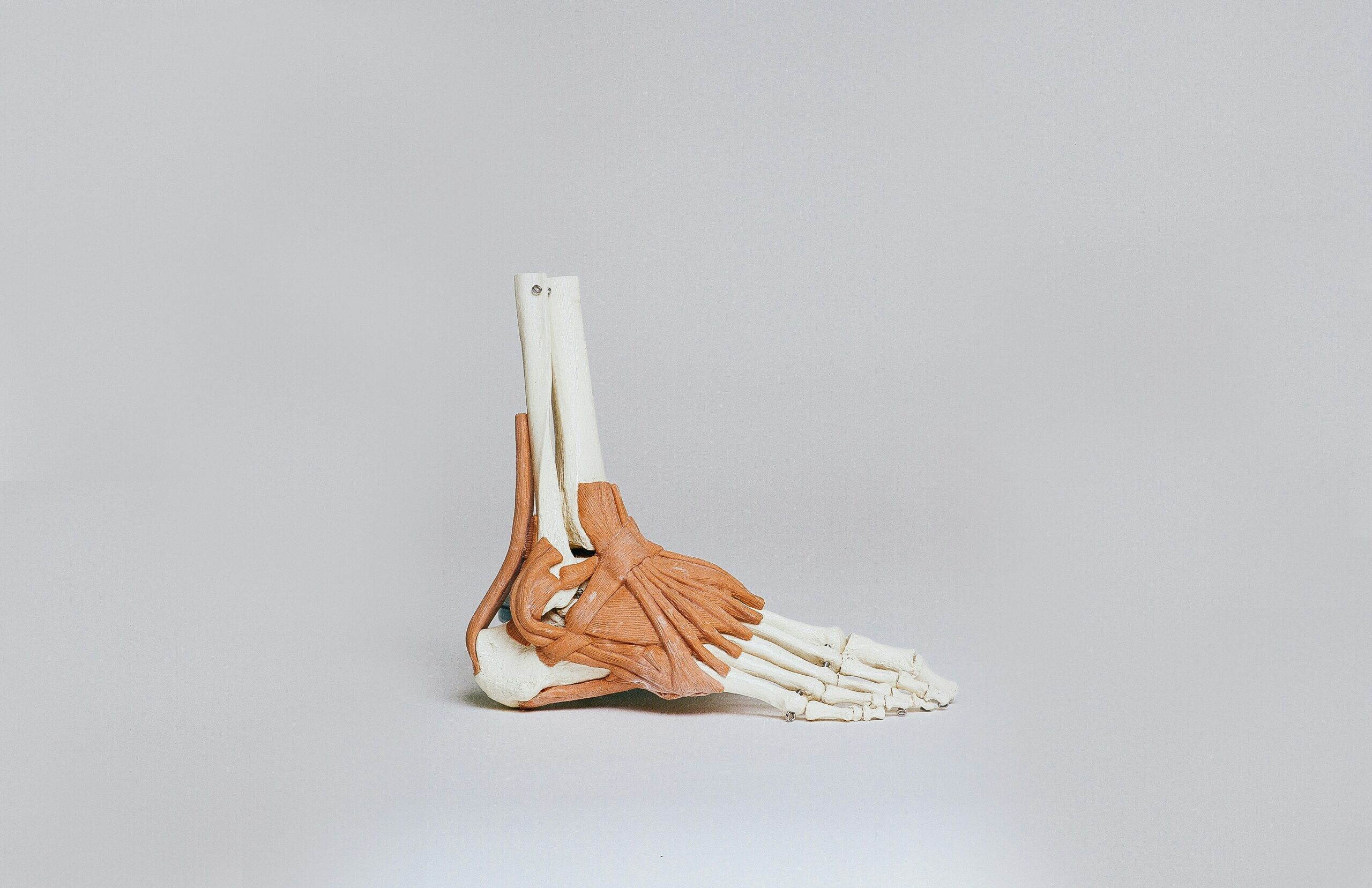So you've heard the term “prostate radiotherapy” and you're wondering what exactly it entails. Well, you're in the right place! In this article, we'll explore the ins and outs of prostate radiotherapy – a treatment option for prostate cancer that utilizes targeted radiation to eradicate cancer cells. We'll delve into how it works, its benefits, and any potential side effects. By the end, you'll have a clearer understanding of what prostate radiotherapy is all about, so let's get started! Prostate radiotherapy is a treatment option specifically designed to target and destroy cancer cells in the prostate gland using high-energy radiation. It is a non-invasive treatment that can be used independently or in combination with other treatments such as surgery or hormone therapy. This article will provide a comprehensive overview of prostate radiotherapy, including its definition, purpose, different types, and the process involved.

Definition of Prostate Radiotherapy
Prostate radiotherapy, also known as radiation therapy, utilizes targeted radiation to kill cancer cells in the prostate gland. It works by damaging the DNA of these cancer cells, preventing them from dividing and growing further. By focusing radiation directly on the prostate gland, the aim is to eradicate or shrink the tumor while minimizing damage to surrounding healthy tissues.
Purpose of Prostate Radiotherapy
The primary purpose of prostate radiotherapy is to cure or control prostate cancer. It is used to treat localized prostate cancer, where the cancerous cells are confined to the prostate gland and have not spread to other areas of the body. Radiotherapy can also be used as a palliative treatment for advanced prostate cancer, aiming to relieve symptoms and improve quality of life.
How Prostate Radiotherapy Works
Prostate radiotherapy works by delivering a prescribed dose of radiation to the prostate gland using a variety of techniques. These techniques include external beam radiotherapy, brachytherapy, intensity-modulated radiotherapy (IMRT), image-guided radiotherapy (IGRT), and stereotactic body radiotherapy (SBRT). The choice of technique depends on various factors such as the stage of cancer, the patient's overall health, and the expertise of the healthcare team.
External Beam Radiotherapy
External beam radiotherapy involves delivering radiation to the prostate gland from outside the body using a machine called a linear accelerator. This machine directs high-energy X-rays or protons precisely at the tumor, minimizing radiation exposure to nearby healthy tissues. The course of treatment typically lasts several weeks, with daily sessions scheduled from Monday to Friday.
Brachytherapy
Brachytherapy is a type of radiotherapy where small radioactive seeds or pellets are implanted directly into the prostate gland. These seeds emit radiation over time, effectively destroying the cancer cells. This technique is often used for low- to intermediate-risk prostate cancer and can be done on an outpatient basis with minimal discomfort.
Intensity-Modulated Radiotherapy (IMRT)
Intensity-modulated radiotherapy (IMRT) is a highly precise and advanced form of external beam radiotherapy. It uses computer-controlled technology to deliver radiation in varying intensities and angles, allowing for greater tumor targeting and sparing nearby healthy tissues. IMRT is particularly effective for complex-shaped tumors or for cases where the prostate gland is close to vital structures, such as the bladder or rectum.

Image-Guided Radiotherapy (IGRT)
Image-guided radiotherapy (IGRT) is a technique that involves the use of real-time imaging during radiotherapy sessions. It allows for precise targeting of the prostate gland, as the position of the tumor may vary from session to session due to organ movement or changes in bladder or rectum filling. With IGRT, imaging is performed before each treatment session to ensure accurate tumor targeting and minimize radiation exposure to surrounding healthy tissues.
Stereotactic Body Radiotherapy (SBRT)
Stereotactic body radiotherapy (SBRT) is a specialized technique that delivers high-dose radiation to the prostate gland in a small number of treatment sessions. SBRT uses advanced imaging techniques and computer modeling to precisely target the tumor while minimizing radiation exposure to nearby organs. It is an effective option for patients who prefer a shorter duration of treatment or are unable to tolerate longer courses of radiotherapy.
Preparing for Prostate Radiotherapy
Before undergoing prostate radiotherapy, it is essential to consult with a healthcare professional specializing in radiation oncology. During this consultation, the doctor will evaluate your medical history, conduct a physical examination, and may order additional tests or imaging to assess the stage and extent of the cancer. This information will help determine the most appropriate radiotherapy technique and develop an individualized treatment plan.

Pre-treatment Assessments and Tests
Pre-treatment assessments and tests commonly performed before prostate radiotherapy may include blood tests, imaging studies (such as CT scans or MRI), and a simulation session. The simulation session involves the creation of a treatment plan and precise mapping of the treatment area using CT scans or specialized imaging techniques. This allows the radiation oncology team to determine the optimal position for treatment delivery and minimize radiation exposure to nearby healthy tissues.
Planning for Treatment Sessions
Once the treatment plan has been developed, you will be scheduled for a series of treatment sessions. The number and duration of these sessions will vary depending on the chosen radiotherapy technique, the stage of cancer, and the overall treatment plan. Your healthcare team will provide specific instructions on how to prepare for each session, including any dietary restrictions, medication guidelines, and how to care for your overall well-being during the treatment period.
Step-by-step Process of Prostate Radiotherapy Treatment
The process of prostate radiotherapy treatment generally involves several steps. First, the patient is positioned on a treatment table in the exact position determined during the simulation session. The treatment machine is then positioned and calibrated based on the treatment plan. Once everything is set up, the machine delivers the prescribed radiation dose to the prostate gland, which typically takes a few minutes. Throughout the session, the healthcare team will monitor you from outside the treatment room, ensuring your safety and comfort.

Duration and Frequency of Treatment
The duration and frequency of prostate radiotherapy treatment will depend on various factors, including the chosen technique and the specific treatment plan. External beam radiotherapy usually lasts for several weeks, with daily sessions from Monday to Friday. Each session typically takes a few minutes. Brachytherapy, on the other hand, may be completed in a single session or may require a few shorter sessions, depending on the characteristics and stage of the prostate cancer. Your healthcare team will provide detailed information about the duration and frequency of your specific treatment plan.
What to Expect During Treatment
During prostate radiotherapy treatment sessions, you will be lying comfortably on a treatment table. The treatment machine will move around you, delivering the radiation precisely to the prostate gland. You will not feel any pain or discomfort during the treatment, although you may be required to hold still or maintain a specific position. It is essential to communicate with your healthcare team if you experience any concerns or discomfort during the sessions, as they are there to ensure your well-being throughout the process.
Post-treatment Care and Monitoring
After completing prostate radiotherapy, you will enter a post-treatment phase where your healthcare team will monitor your progress and provide necessary care. This may involve follow-up appointments, blood tests, imaging studies, and ongoing assessments of your overall health. Regular monitoring allows the healthcare team to assess the treatment's effectiveness, detect any potential side effects or complications, and provide appropriate care or support.

Potential Side Effects
Prostate radiotherapy may cause both short-term and long-term side effects, although their severity and duration can vary greatly from person to person. Short-term side effects may include fatigue, urinary frequency or urgency, bowel changes, erectile dysfunction, and skin reactions in the treated area. Long-term side effects, although rare, may include persistent bowel or urinary symptoms, radiation proctitis or cystitis, or secondary cancers. It is important to discuss any potential side effects with your healthcare team and seek appropriate management or support as needed.
Long-term Care and Recovery
After prostate radiotherapy, long-term care and recovery are crucial for maintaining overall health and well-being. This may involve regular follow-up appointments with your healthcare team, as well as adopting a healthy lifestyle that includes a balanced diet, regular exercise, and appropriate management of any treatment-related side effects. It is important to communicate openly with your healthcare team and seek their guidance and support throughout your recovery journey.
Prognosis After Prostate Radiotherapy
The prognosis after prostate radiotherapy can vary depending on various factors such as the stage and aggressiveness of the cancer, the patient's overall health, and the effectiveness of the treatment. While radiotherapy can be highly effective in curing or controlling localized prostate cancer, it is important to remember that every individual's journey is unique. Regular monitoring, follow-up appointments, and ongoing communication with your healthcare team will help determine the long-term prognosis and ensure appropriate care and support are provided.
Successful Cases of Prostate Radiotherapy
Prostate radiotherapy has shown promising results in many cases, leading to successful outcomes and improved quality of life for patients. Numerous studies have demonstrated the efficacy of radiotherapy in controlling or eradicating localized prostate cancer, with high rates of disease-free survival and overall survival. However, it is important to remember that individual outcomes may vary, and the success of radiotherapy depends on various factors unique to each patient.
Comparative Effectiveness with Other Treatments
Prostate radiotherapy is one of the primary treatment options for localized prostate cancer, alongside surgery and hormone therapy. The choice of treatment depends on various factors such as cancer stage, patient preference, and overall health. Comparative effectiveness studies have shown that radiotherapy can be just as effective as surgery in terms of disease control and overall survival. However, each treatment option has its advantages and potential side effects, and it is crucial to discuss the risks and benefits with your healthcare team to make an informed decision.
Short-term Side Effects
Short-term side effects of prostate radiotherapy may include fatigue, urinary frequency or urgency, bowel changes (such as diarrhea or urgency), skin reactions in the treated area, and temporary erectile dysfunction. These side effects are generally temporary and tend to resolve within a few weeks to months after completing the treatment. Your healthcare team will provide appropriate management strategies, supportive care, and lifestyle recommendations to help alleviate these side effects and improve your quality of life during the recovery period.
Long-term Side Effects
Long-term side effects of prostate radiotherapy are relatively rare but can occur. These may include persistent bowel or urinary symptoms, such as rectal bleeding, urinary obstruction, or urinary incontinence. In some cases, radiation proctitis or cystitis may develop, causing chronic inflammation of the rectum or bladder respectively. While the chances of developing long-term side effects are low, it is essential to communicate any symptoms or concerns to your healthcare team so that appropriate management or support can be provided.
Managing Side Effects
To manage the side effects of prostate radiotherapy effectively, it is important to work closely with your healthcare team and follow their recommendations. They may provide strategies and interventions to address specific side effects, such as medication to alleviate urinary symptoms, dietary modifications to manage bowel changes, or lifestyle recommendations to manage fatigue or improve sexual health. Open communication, adherence to treatment plans, and consistent follow-up appointments will help ensure effective management of side effects and optimize your overall well-being during and after treatment.
Risk-Benefit Analysis of Prostate Radiotherapy
When considering prostate radiotherapy, it is crucial to engage in a risk-benefit analysis with your healthcare team. This involves discussing the potential risks and benefits of the treatment in relation to your individual case and overall health. Your healthcare team will consider factors such as the stage and aggressiveness of the cancer, your age and overall health, any existing medical conditions, and personal preferences. This collaborative discussion will help determine the best treatment plan for you, weighing the potential benefits of radiotherapy against the associated risks.
Ongoing Clinical Trials
Ongoing clinical trials are an integral part of prostate cancer research and allow for the development of new treatment approaches and further refinement of existing techniques. These trials aim to assess the safety and effectiveness of innovative treatment modalities, such as new radiation technologies, targeted therapies, or combination treatments. Participating in clinical trials can provide eligible patients with access to potentially groundbreaking treatments and contribute to the advancement of prostate cancer management.
Advancements in Prostate Radiotherapy Techniques
Advancements in prostate radiotherapy techniques continue to improve treatment outcomes and reduce side effects. Technologies such as IMRT, IGRT, and SBRT have revolutionized the precision and effectiveness of radiotherapy, allowing for personalized treatment approaches and greater sparing of healthy tissues. Additionally, advancements in imaging and computer modeling have enhanced treatment planning and delivery, optimizing tumor targeting while minimizing radiation exposure. These ongoing advancements contribute to improved patient outcomes and quality of life.
Future of Prostate Cancer Treatment
The future of prostate cancer treatment is a promising and continuously evolving field. Research and advancements in radiotherapy techniques, targeted therapies, immunotherapies, and precision medicine hold great potential for further improving treatment outcomes. The continued development of personalized treatment approaches tailored to individual patients and the integration of multi-disciplinary care teams will likely play a critical role in optimizing treatment strategies and improving the overall management of prostate cancer.
In conclusion, prostate radiotherapy is a comprehensive and effective treatment option for localized prostate cancer. It offers the potential for cure or control while minimizing damage to surrounding healthy tissues. Different techniques such as external beam radiotherapy, brachytherapy, IMRT, IGRT, and SBRT provide options for individualized treatment approaches. By working closely with your healthcare team, undergoing thorough pre-treatment assessments, and adhering to the treatment plan, you can maximize the benefits of prostate radiotherapy while effectively managing potential side effects. Ongoing research and advancements in radiotherapy techniques and prostate cancer management continue to shape the future of treatment, offering hope and improved outcomes for patients.

